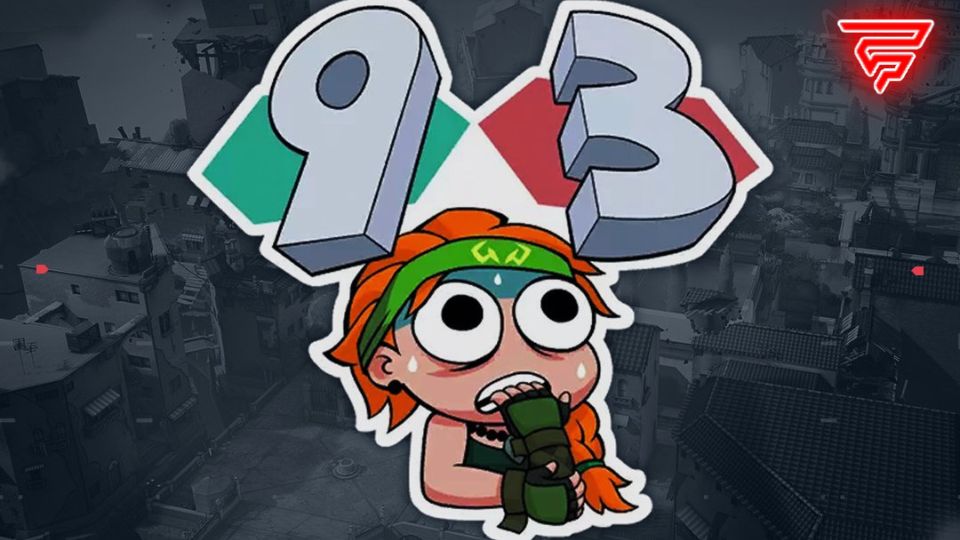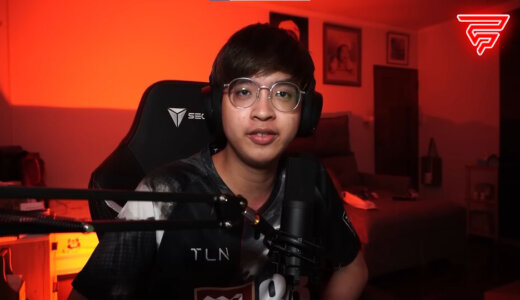A recent official blog post from Riot Games revealed some key insights into the possible reason behind Valorant’s 9-3 curse.
The 9-3 curse, like all other superstitions, is merely a concept that the Valorant fandom has created, yet many well-known teams have seen its effects over the year as it becomes more and more common among Valorant teams. Teams down by three rounds at the end of the half love to see it, while those leading by nine probably wish they didn’t stomp the other team too much in the first half.
Want to learn more about the most feared score at halftime? Shh! Don’t speak its name. Turn your fears into facts with the VALORANT Data Breach: 9-3 Curse.
Oh no. We spoke the name.https://t.co/1qpPuq1zyQ pic.twitter.com/xrbAQzANMi
— VALORANT (@PlayVALORANT) December 20, 2022
It’s possible that the game’s design, which makes it challenging for a team to catch up and win if they lose momentum in the match, is one of the main reasons behind the curse. Another possibility is that players become overconfident once they have a lead going into the second half and start acting recklessly to close the match quickly. Additionally, whenever the score hits 9-3, many players subconsciously experience a fear of losing, which lowers their spirits and breaks their momentum.
The involvement of an economic reset at halftime in Valorant is another explanation behind this phenomenon. Riot concluded that the 9-3 curse isn’t strictly a superstition, despite the fact that it’s also not entirely factual. According to Riot, players have the same chance of recovering from a 3–9 deficit as they have from a 5-7 deficit in Valorant.
Riot releases data to debunk 9-3 curse
Riot discovered a clear negative association between the comeback rate and the number of rounds a side trailed at the half after analyzing data from more than 25 million professional matches. Based on the numbers, the higher the deficit a team faces by half-time, the lower the chance of a comeback.
A Valorant Insights study found that a team’s actual chance of coming back from a 3–9 deficit is 11.18%, while a team down 5-7 mounts a comeback almost 40% of the time. The same trend shows that a team down 0-10 only manages a reverse sweep 3.74% of the time, while a team down 0-12 only manages a mere 0.05 percent of the time.
The study further discovered that teams with an economic lead at halftime are more likely to win or force overtime, particularly when they are down 3–9 at the time. This is so because a team’s performance in the pistol, eco, and bonus rounds has a significant influence on the probability of a comeback. According to data, teams who trail in the second half have a 36.33 percent win rate when they capture the first three rounds of the second half.
Header: Riot Games







